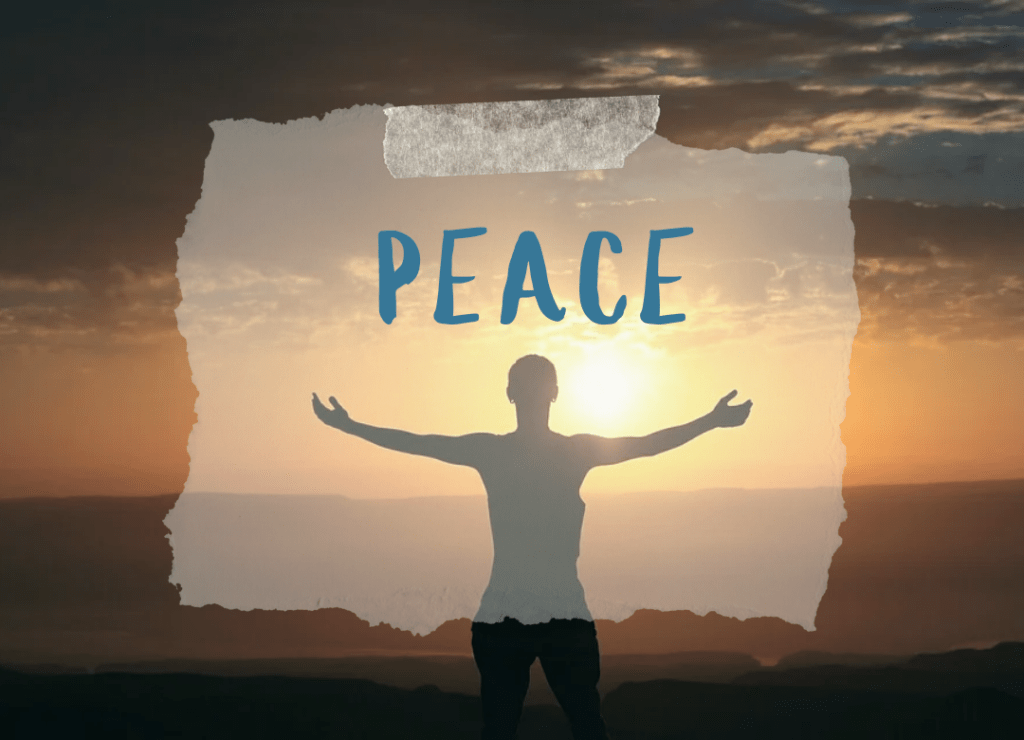In my last blog post, I talked about how many of us were traumatized by COVID-19 and all that entailed. So, how do we heal?
Out of the Fog Toward Peace
We need to start with healing our brains, so we can begin to lift ourselves out of the fog. Our brains have been sensitized to stress and feeling unsafe. Calming a sensitized brain takes time—you must be in tune with yourself and your inner world.
While I hear a collective groan of “All we have done is be alone!” this exercise is different. This is about quieting the mind and finding peace from all the clutter. Here are a few mindfulness tricks.
1. Breathing:
Mindfulness starts with being consciously aware of your breathing:
- Listen to your breaths as they go in and out.
- Notice how the air comes in, how it flows out.
- Feel the hairs in your nose move.
- Feel your belly rising and falling.
You can look at more formal breathing exercises like Andrew Weil’s breathing, or you can read about breathing. Or you can simply play around with it yourself.
Try not to think of anything else. Exhalation is our body’s brake and the most important part of breathing. It slows us down. Counting breaths can help keep your mind from going to other places.
2. Taking a WOW! Moment:
Extraordinary things happen to us every day that we miss and don’t celebrate.
Sometimes I look out at the mountains and think WOW! They are so beautiful! Or how about those clouds?
Even small things can give us that moment of WOW! How about that little ant industriously rolling a sandwich crumb three times his size? What about the huge crane working on that high-rise? WOW! What ingenuity it takes to build that structure.
We can take lessons in WOW! from young children who are amazed every day by the world around them. Listen to your inner child and find your WOW!
3. Feeling Gratitude:
Try to find gratitude in one tiny thing every day. We can show gratitude for the smallest things: a cup of coffee in the morning, a text from a friend, the sun coming up another day, and the fact that you are still breathing.
These moments of gratitude are simple reminders that we are alive and life goes on for another day, we can be hopeful for the future, and we are human beings with a full range of emotions.
There is neuroscience behind the benefits of gratitude, with brain research showing its positive impacts. There are great resources available about the science of gratitude.
4. Getting Grounded:
When some of us get stressed, we check out, go away in our minds, and disconnect from our bodies.
The psychological term for this is dissociation. It can be a healthy survival tool at certain times in our lives—but if it is our only tool, then it becomes dysfunctional.
We need to get back in touch with ourselves and our bodies. Take a moment to feel your body in your chair; feel the weight of your buttocks on the chair; notice the way you hold your arms. Just settle with this feeling for a few moments. Feel where your tension is and see if you can let it go. Try tightening and then relaxing your muscles. See what that does for your posture—your body sense—and see if you can some of the tension go.
Another grounding exercise is for when you are walking. Focus for a moment on the feeling of your feet as they hit the ground, and notice how your toes press against the ground to lift you to the next step. We often pay little attention to the sensation of our feet as we walk across the ground.
After you notice your feet, you might also pay attention to the swinging of your arms. After recovering from back surgery, the physical therapist pointed out I did not swing my arms when I walked. Who knew? I had been keeping my arms still to protect my back from moving for years. I had to re-learn how to swing my arms to move more naturally and comfortably in my own body!
5. Finding Joy in Little Things:
This can happen along with the WOW! moments but is more about actually laughing out loud. There is a science behind laughter, and we need to try to get one good laugh in each day. The common sources of laughter might include watching a funny TV show, listening to an entertaining podcast, or hearing a good joke. Laughter with friends is something we have dearly missed during the pandemic.
There are other simple ways to have a laugh. I look at my dogs when I am feeling stressed or just need a good giggle. When I am out on a walk, my little hunter, Ellie, leaps in the air to try to catch grasshoppers. I am sure to laugh out loud rather than keeping it to myself or allowing only a chuckle to escape. Make it a good belly laugh! Animals are great for providing fun and a new perspective for us. What about the little ant with the crumb from your WOW! moment? Make it a joy moment as well.
Laugh at yourself for a small gaffe during the day—make it a little joke with yourself! You spilled coffee on your shirt? Think to yourself, “Well, what fun excuse can I tell people about what I did?” Were you trying to ride your bike while sipping? Were you tying your shoes while trying on your drink as a fashion statement? You could really get yourself going with fun stories to tell.
The Ongoing Practice of Practice
Each of these exercises takes only minutes to do. You deserve at least 2–5 minutes of your day to engage in self-care. It’s so simple, costs no money, and is readily available. There is no excuse to neglect these small practices when they can produce such life-altering results! COVID-19 changed our world and all of us as well. Part of healing is taking care of yourself, nurturing yourself, and finding joy and gratitude in the small things.


